Take a Bow with the New Electro-Harmonix STRING9 String Ensemble
The latest EHX 9 Series pedal brings a virtual string section to your pedalboard.
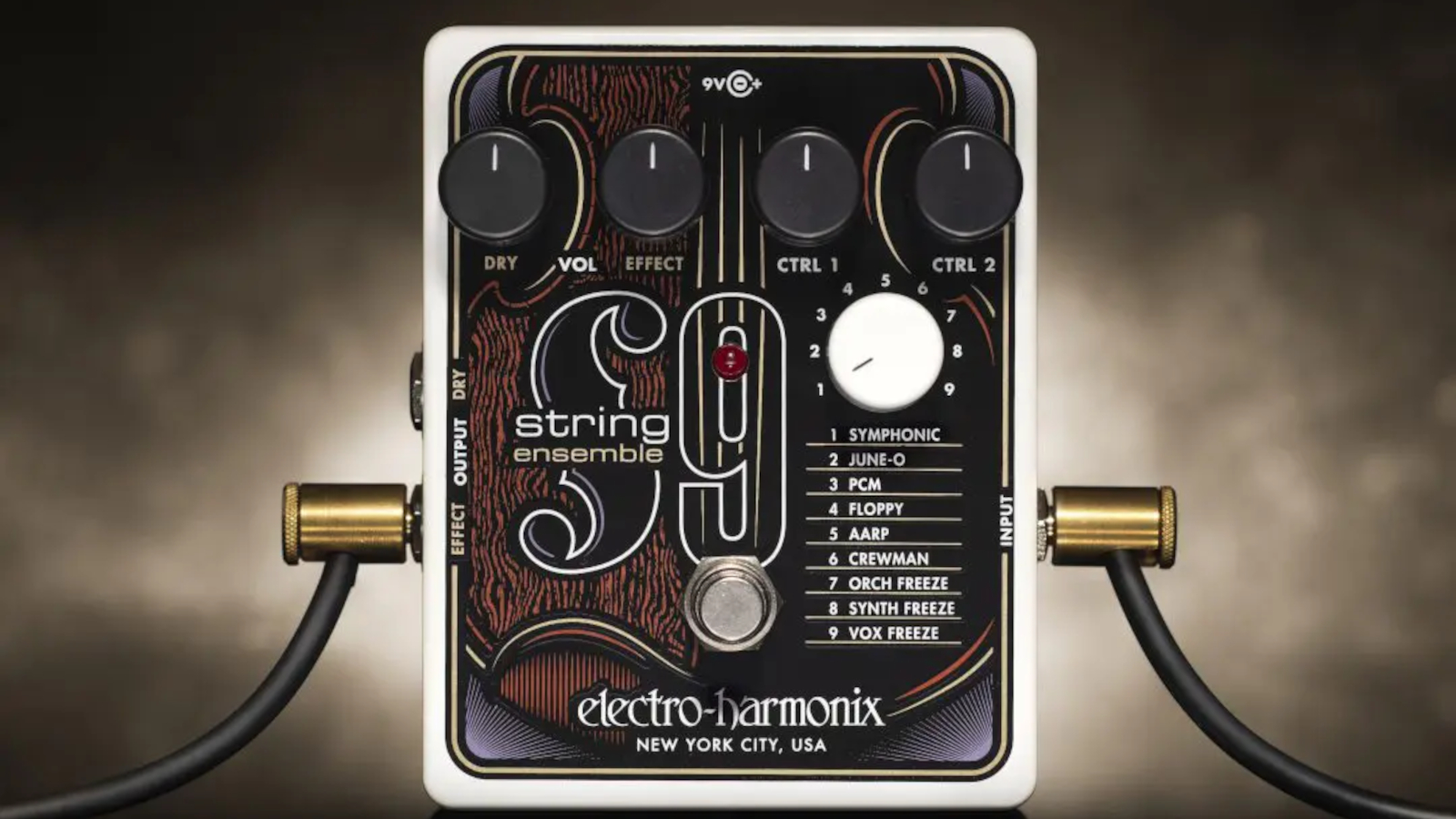
Electro-Harmonix have just expanded their popular 9 Series effects range with a new pedal designed to emulate orchestral and synthesizer string sounds.
The new STRING9 String Ensemble is the latest stompbox to appear in EHX's pioneering 9 Series that was launched in 2014 with the B9 Organ Machine. This was swiftly followed by the appearance of the C9 Organ Machine.
The next year saw the release of the KEY9 Electric Piano Machine, followed by the MEL9 Tape Replay Machine in 2016, SYNTH9 Synthesizer Machine in 2017, and BASS9 Bass Machine in 2019.
Being an experienced keys player himself, Electro-Harmonix founder Mike Matthews knows only too well the difficulties involved with transporting large, cumbersome instruments (or an orchestral string section for that matter!) So the 4.75-inches-long by 4-inches-wide STRING9 String Ensemble will come as welcome relief for many.
Transforming your guitar pickup signal into a variety of retro-inspired string sounds, the pedal’s nine modes include Symphonic, June-O, PCM, Floppy, Aarp, Crewman, Orch Freeze, Synth Freeze and Vox Freeze.
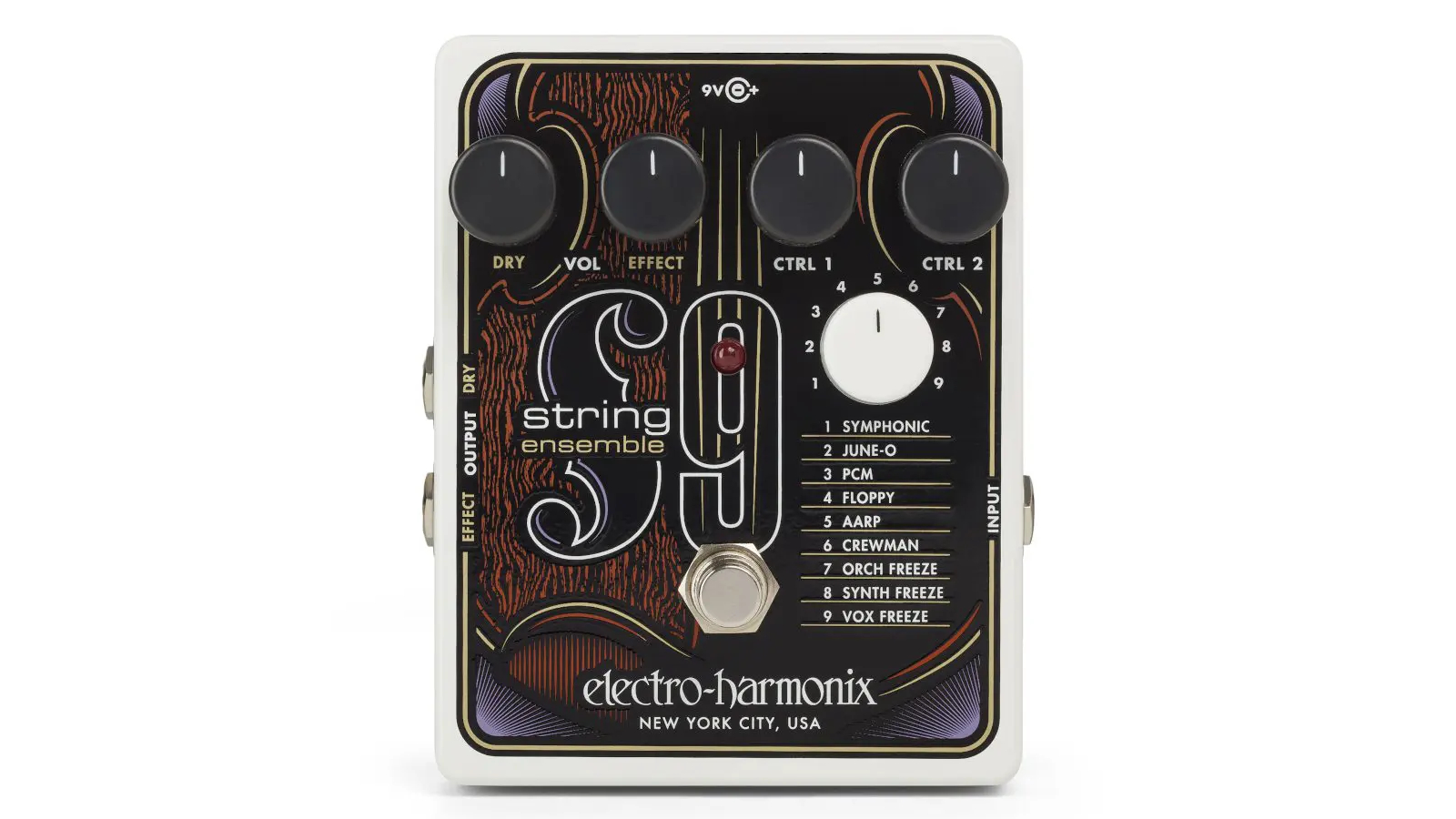
In addition to the unit’s separate Dry and Effect signal volume knobs, each of the nine modes (referred to as presets and patches in the manual) features two controllable parameters. Depending on the mode, these will be different and are set using the Ctrl 1 and Ctrl 2 knobs.
Symphonic mode is intended to reproduce the sound of orchestral strings, with the lower strings triggering a sub octave. Ctrl 1 acts as a tone control here, while Ctrl 2 adjusts sustain and release (in other words, how long it takes for the sound to fade out.)
All the latest guitar news, interviews, lessons, reviews, deals and more, direct to your inbox!
The June-O mode recreates those classic Roland Juno synth sounds of the early ‘80s. In this case, Ctrl 1 provides tone control and Ctrl 2 allows the user to choose from any of five octaves.
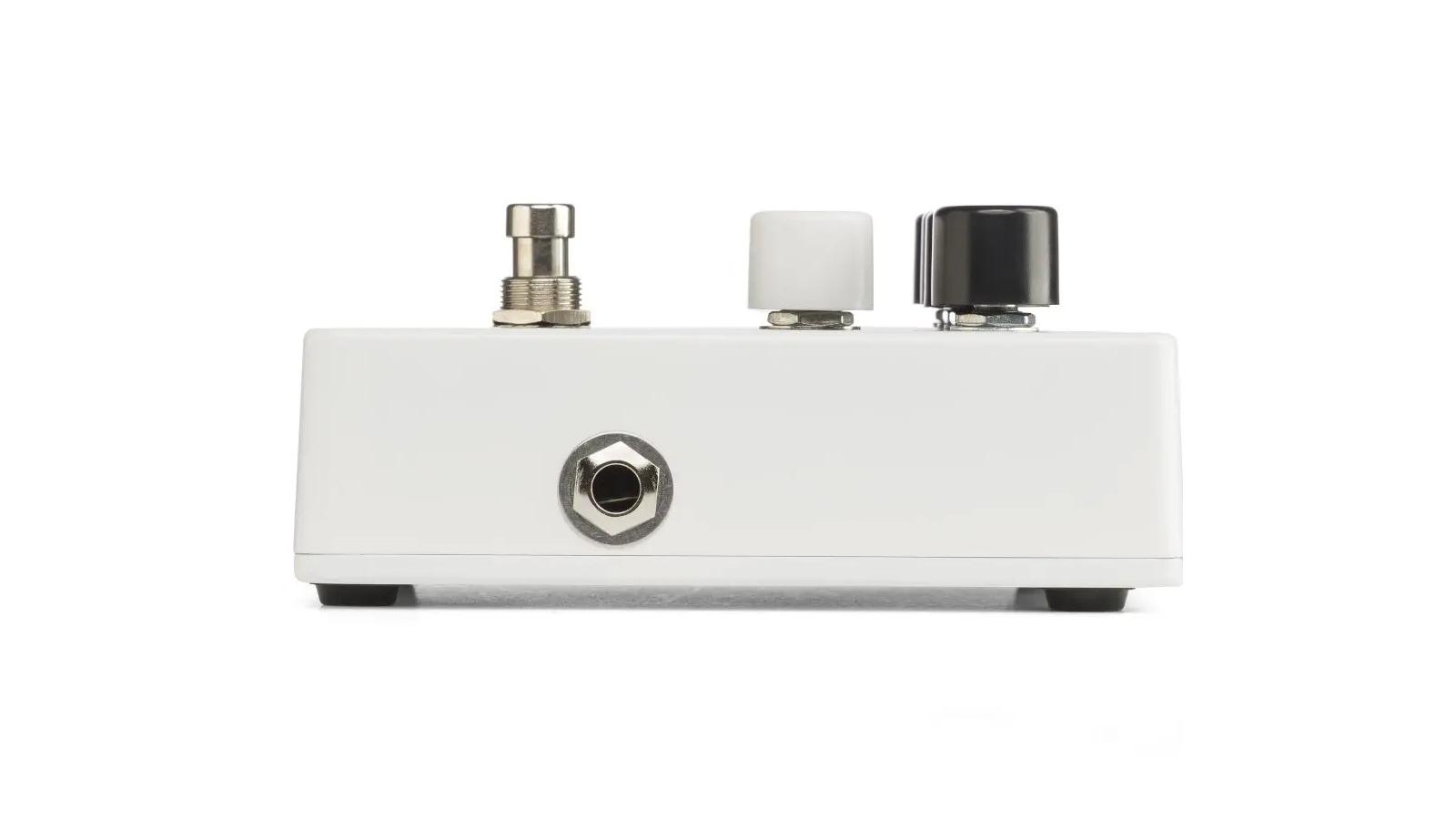
In synth speak, PCM stands for Pulse Code Modulation (think late ‘80s Roland D-50 and Korg M1) and the STRING9’s PCM mode seeks to provide the sound of a “smaller studio string section” à la vintage digital synths. Here, Ctrl 1 and Ctrl 2 control tone and vibrato, respectively.
Floppy mode approximates the sound of the ‘70s Vako Orchestron units that utilized optical floppy discs to play back pre-recorded samples. Again, Ctrl 1 adjusts tone, while Ctrl 2 determines sustain/release time.
The AARP mode emulates the sounds of the STRING9’s namesake, the ARP/Solina String Ensemble – a polyphonic synth from the ‘70s with a characteristic chorus effect. In this mode, Ctrl 1 toggles a Small Stone sound on/off and adjusts the phaser's rate, while Ctrl 2 controls sustain/release time.
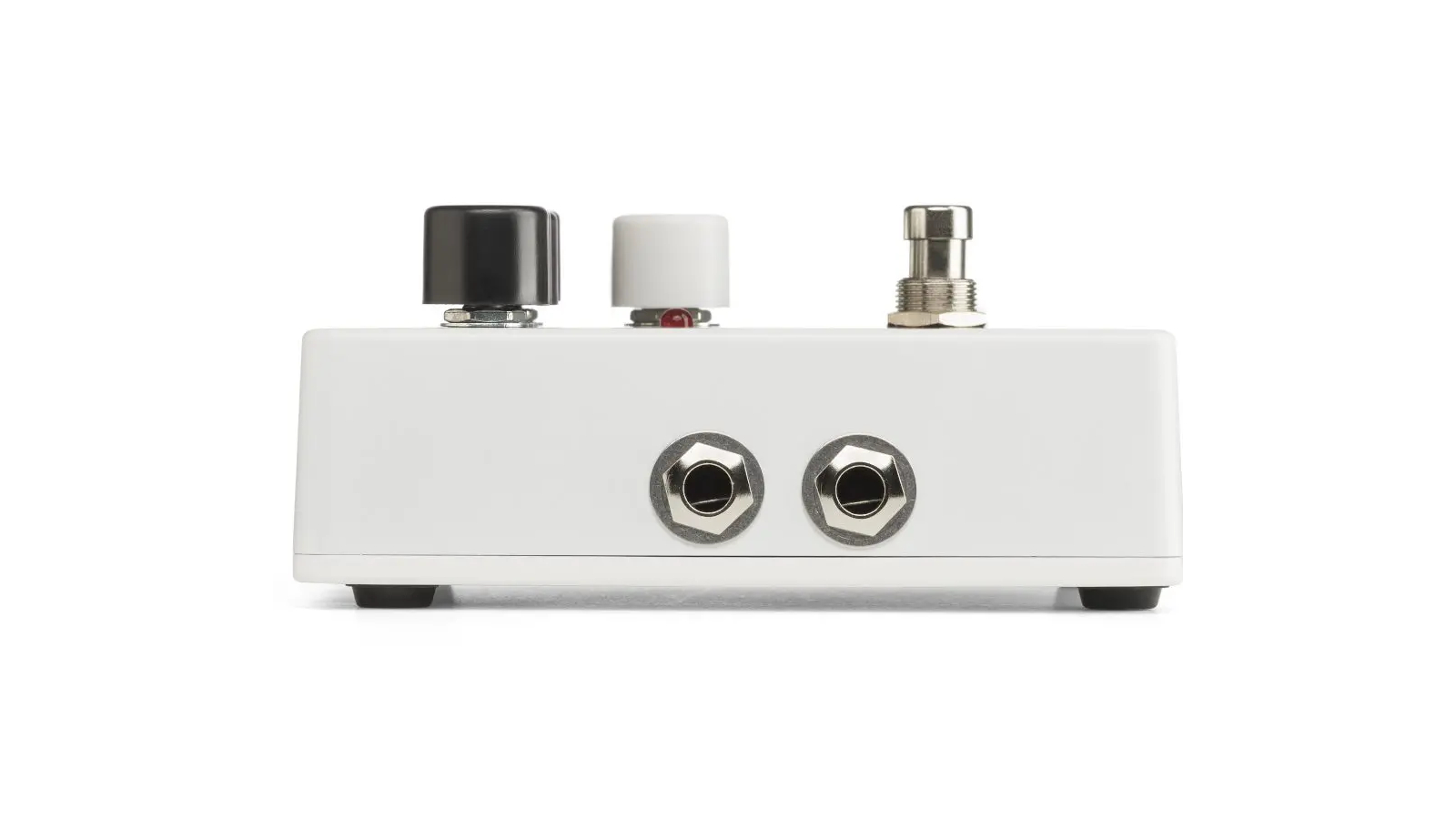
Crewman mode approximates the string sounds of the Italian-made Crumar Performer units produced from the late ‘70s. In this setting, Ctrl 1 adjusts a filter sweep and Ctrl 2 controls sustain/release time.
The last three modes feature Electro-Harmonix’s much-loved Freeze algorithm as featured in the HOG and Superego pedals.
Orch Freeze produces an orchestral-style string sound, while Synth Freeze is more akin to a synthesizer string patch. Vox Freeze blends tape playback Mellotron-style sounds of choir and strings.
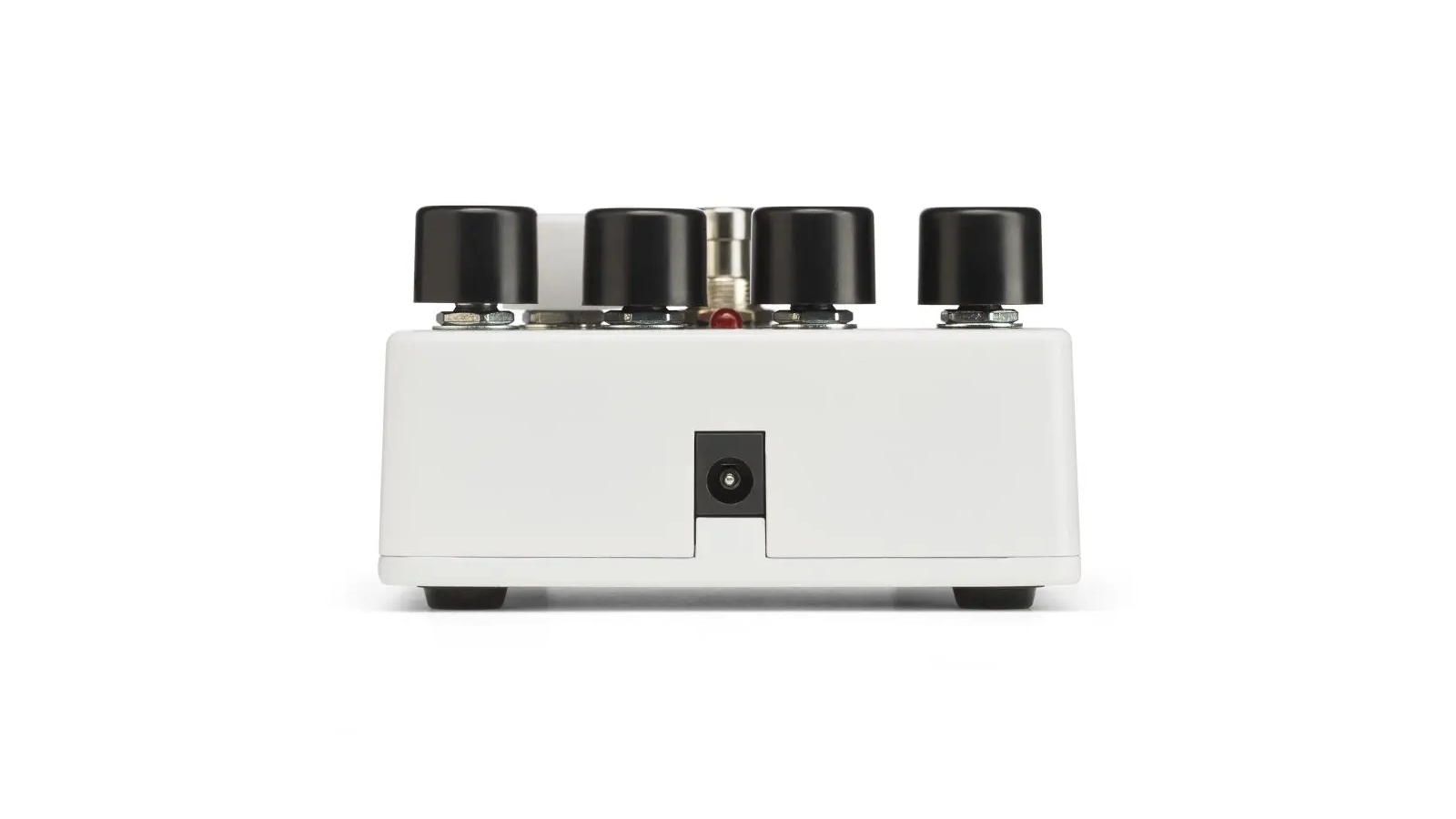
In each case, the Freeze function can be set to either automatic or manual using Ctrl 2.
As Freeze allows notes and chords to be sustained for greater periods of time, it can work really well for recreating string pad sounds.
The beauty of this pedal is that it works just fine using a regular electric guitar, so you don’t need to fit any special pickups or modify the instrument in any way.
Visit Electro-Harmonix for more information.
Rod Brakes is a music journalist with an expertise in guitars. Having spent many years at the coalface as a guitar dealer and tech, Rod's more recent work as a writer covering artists, industry pros and gear includes contributions for leading publications and websites such as Guitarist, Total Guitar, Guitar World, Guitar Player and MusicRadar in addition to specialist music books, blogs and social media. He is also a lifelong musician.

